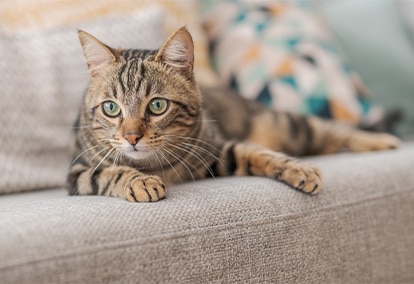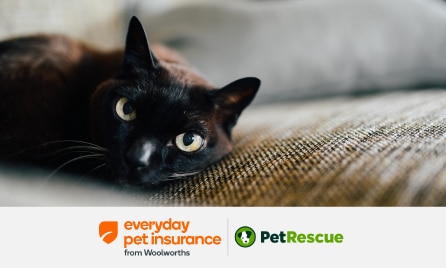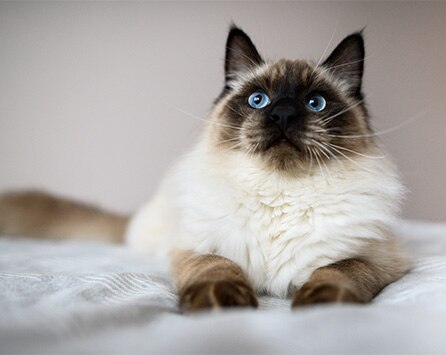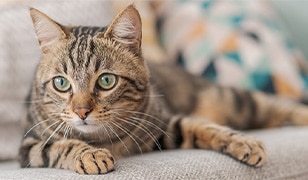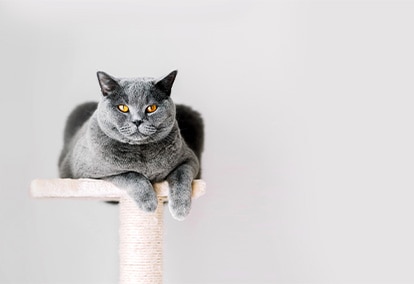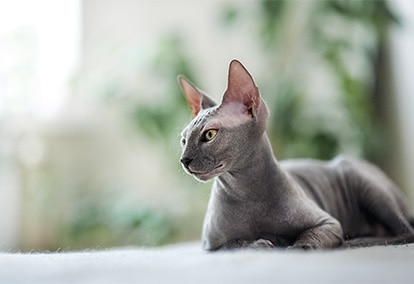- text
-
^ Pre-existing conditions and certain illnesses may be excluded. Policy terms, conditions, exclusions, limits, benefit limits, sub-limits, annual condition limits and excess may apply. For details, please refer to the relevant Product Disclosure Statement (PDS).
◇ Symptoms listed are indicative only, others can apply.
>> As at 31/12/2023 based on the previous 12 months of PetSure (Australia) Pty Ltd claims data.
Information about Domestic Shorthair Cat.
- Information about Domestic Shorthair Cat.
- Domestic shorthair cats breed information.
- What type of breed is a domestic shorthair cat?
- Domestic shorthair cat personality, temperament and traits.
- The dos and don’ts of caring for a domestic shorthair cat.
- Commonly claimed health conditions for a Domestic short-hair cat.
- Need Pet Insurance for your cat?
- Why pick Everyday Pet Insurance?
The domestic shorthair, also referred to as a moggy or housecat, is a mixed breed, medium-sized cat. One of the most popular cat types, the domestic shorthair cat, is hardy and adaptable.
